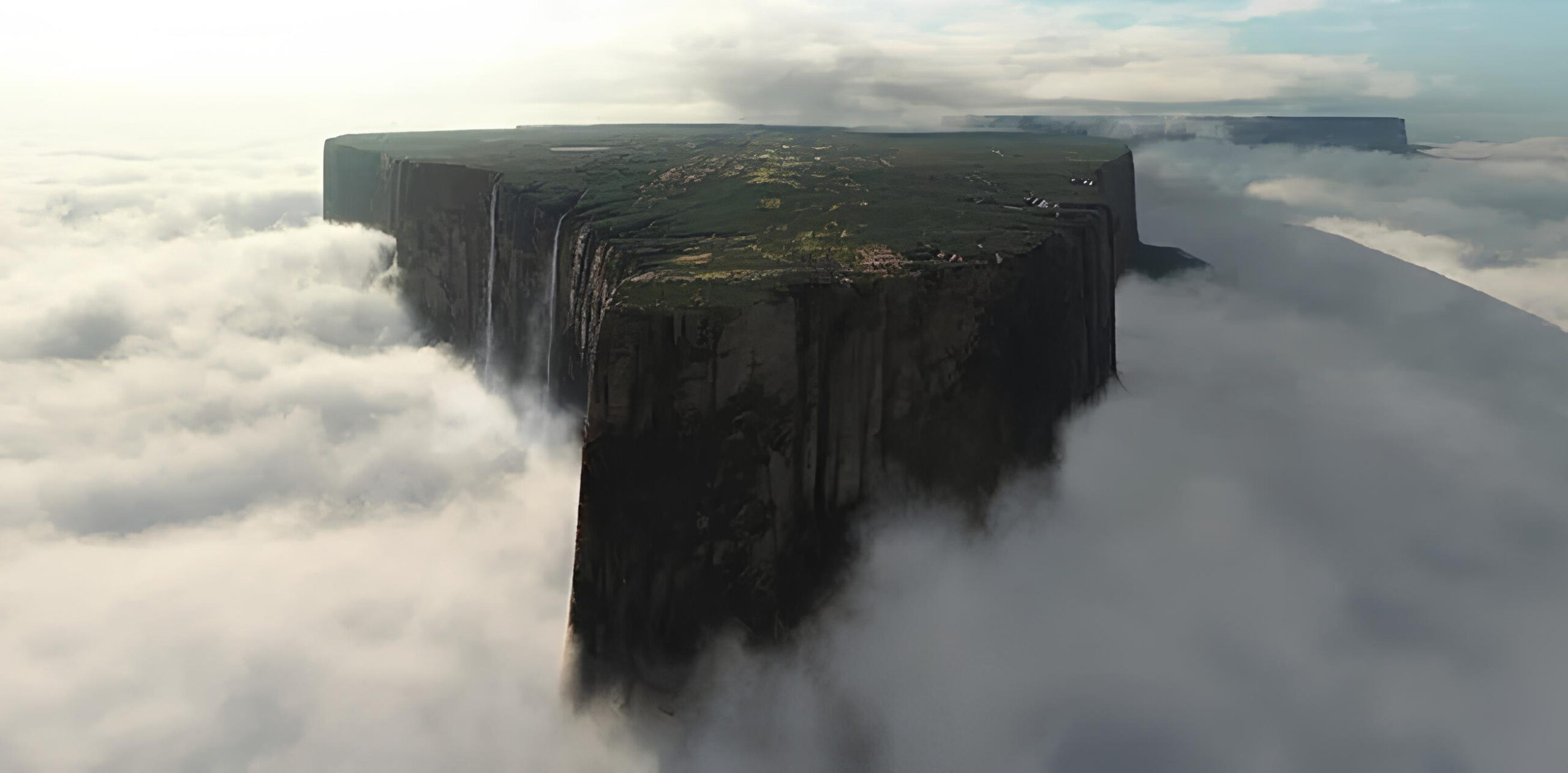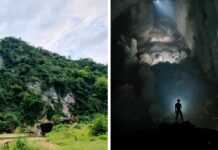Mount Roraima, a mystic flat-topped mountain located at the tripoint of Venezuela, Guyana, and Brazil, has long captivated explorers and inspired the imagination of many, including Sir Arthur Conan Doyle in his novel ‘The Lost World’. This unique geological formation, also known as a tepui, stands as a testament to Earth’s ancient history, dating back approximately two billion years.
Residing within Venezuela’s Canaima National Park, Mount Roraima’s plateau summit spans 31 km2 and is surrounded by cliffs rising 400 meters (1,300 ft). The mountain’s high altitude results in frequent rains, creating small lakes and spectacular waterfalls cascading off its massive cliffs. This isolated ecosystem, floating above the clouds, is home to a remarkable 35 percent of species thought to be endemic, having evolved independently over millions of years.
The mountain’s ecosystem is a focal point of scientific curiosity, particularly regarding how its unique inhabitants arrived and evolved in such isolation. This ‘lost world hypothesis’ suggests that these species evolved separately from other ecosystems, a concept that parallels the narrative of Doyle’s ‘The Lost World’. The mystery and allure of Mount Roraima continue to intrigue scientists and adventurers alike, offering a glimpse into a world that seems almost otherworldly.
























